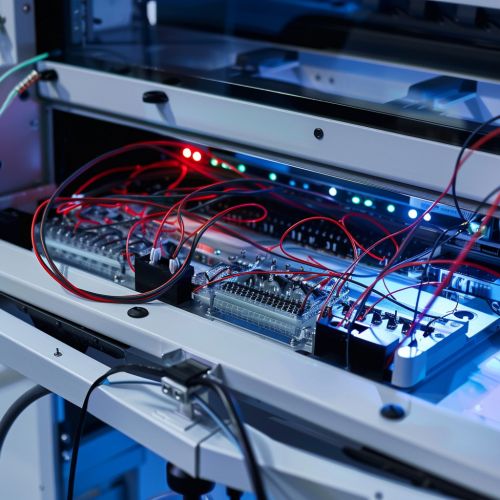Lie Detector
Introduction
A lie detector, also known as a polygraph, is a device or procedure that measures and records several physiological indicators such as blood pressure, pulse, respiration, and skin conductivity while a person answers a series of questions. The belief underpinning the use of the polygraph is that deceptive answers will produce physiological responses that can be differentiated from those associated with non-deceptive answers.


History
The history of the lie detector dates back to the early 20th century. The first modern polygraph was invented in 1921 by John A. Larson, a medical student at the University of California, Berkeley and a police officer of the Berkeley Police Department in Berkeley, California.
Principles
The underlying theory of the polygraph is based on the premise that when people lie, they also get nervous and that this nervousness, if it can be measured, can be a reliable indicator of lying. The polygraph measures changes in blood pressure, pulse rate, respiration rate, and skin conductivity or galvanic skin response (GSR).
Methodology
The methodology of a polygraph test involves a pre-test, a chart collection phase and a test data analysis phase. During the pre-test, the polygraph examiner will complete required paperwork and talk with the examinee about the test. During this period, the examiner will discuss the questions to be asked and familiarize the examinee with the testing procedure.
Criticisms and Controversies
Despite its widespread use and acceptance by law enforcement agencies, the polygraph has generated significant controversy and criticism. Critics argue that the polygraph measures nervousness, not lying, and that the polygraph test can be beaten by countermeasures, or deliberate actions on the part of the examinee to manipulate the results.
Legal Status and Use
The legal status and use of the polygraph varies widely around the world. In the United States, for example, polygraphs are widely used in criminal investigations, but the results are generally not admissible in court. In other countries, such as Canada and the UK, polygraphs are not widely used in criminal investigations and are generally not admissible in court.
Future Developments
Future developments in lie detection technology are focused on identifying and measuring brain activity directly, using techniques such as functional magnetic resonance imaging (fMRI) and event-related potentials (ERPs).
